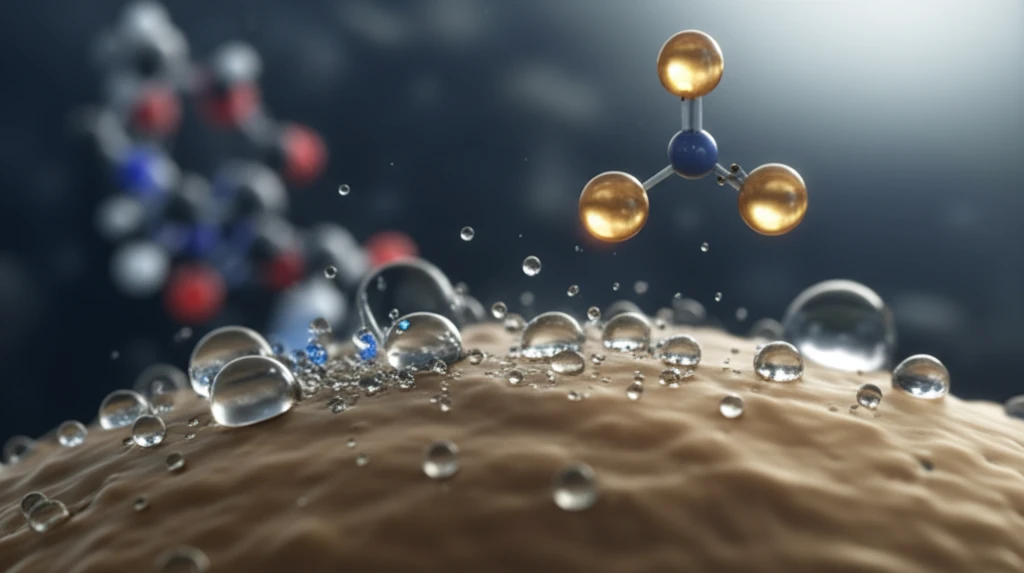
Next-Gen Coatings: Are These Fluorine-Based Polymers the Future of Protection?
"Scientists explore novel fluorine-containing methacrylate polymers as eco-friendly alternatives to traditional coatings, promising enhanced repellency and thermal stability."
In the world of protective coatings, fluorine-containing acrylate polymers have long been celebrated. These materials, armed with perfluorinated side chains, create films that resist abrasion, corrosion, and the relentless assault of weather. Moreover, they offer exceptional water and oil repellency, making them indispensable in textiles, coatings, leather, and paper production.
However, this reliance on long perfluoroalkyl chains (C6-C12), particularly C8 compounds, has come under intense scrutiny. While delivering top-notch performance, these substances linger in the environment, earning the dreaded label of persistent organic pollutants. As environmental awareness grows stronger, regulations are tightening, pushing researchers to seek safer alternatives to perfluorooctanoic acid (PFOA) and perfluorooctane sulfonate (PFOS).
The quest for replacements has led to short-chain fluorocarbons (≤C6), but their oil repellency often falls short. Now, a new study introduces innovative fluorine-containing methacrylate polymers derived from perfluoro-2-methyl-2-pentene. These materials promise a balanced approach, potentially delivering both high performance and reduced environmental impact.
What Makes These New Polymers Different?

The secret lies in the structure. Traditional long-chain perfluoroalkyl substances consist of a straight chain of carbon atoms fully surrounded by fluorine atoms. These are effective at repelling water and oil, but also bioaccumulate. The new polymers utilize a branched structure with a C4 chain and two CF3 groups.
- Synthesis: The researchers successfully created Monomer 5 from perfluoro-2-methyl-2-pentene.
- Polymerization: They created homopolymers of Monomer 5 and copolymers by combining it with other methacrylates of varying alkyl chain lengths (from 1 to 18 carbon atoms).
- Surface Properties: They measured the contact angles of water and n-hexadecane (a proxy for oil) on films made from these polymers. Higher contact angles indicate better repellency.
- Thermal Stability: They assessed how well the polymers held up under high temperatures using thermogravimetric analysis (TGA) and differential scanning calorimetry (DSC).
A Promising Alternative?
This research suggests that Monomer 5 holds promise as a building block for next-generation fluoropolymers. Its unique structure allows for excellent water and oil repellency without relying on long perfluoroalkyl chains. The ability to adjust the polymer's properties through copolymerization opens up possibilities for creating tailored coatings for various applications. While further research is needed to fully assess the environmental impact and long-term performance of these materials, this study represents a step forward in the search for sustainable and effective protective coatings.
